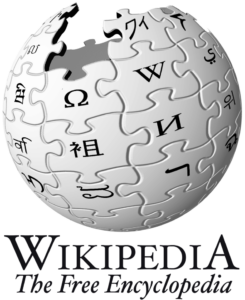Scientific Name: Macrobrachium rosenbergii (De Man, 1879)
Synonym: Palaemon rosenbergii de Man, 1879 Palaemon carcinus rosenbergii Ortmann, 1891 Palaemon whitei Sharp, 1893 Palaemon (Eupalaemon) rosenbergii Nobili, 1899 Palaemon spinipes Schenkel, 1902 Macrobrachium dacqueti Sunier, 1925 Palaemon dacqueti Sunier, 1925 Cryphiops (Macrobrachium) rosenbergii Johnson, 1966 (Currently unaccepted)

Photo: Balaram Mahalder
Classification:
Description:
Habitat & Distribution in Bangladesh:
Environment:
References:
Ahmed ATA, Kabir SMH, Ahmad M, Rahman AKA, Haque EU, Ahmed ZU, Begum ZNT, Hassan MA, Khondker M (2008) Encyclopedia of Flora and Fauna of Bangladesh, Vol. 18. Part II Arthropoda: Crustacea. Asiatic Society of Bangladesh, Dhaka 226 pp
Habib KA, Kim CG, Oh J, Neogi AK, Lee YH (2017) Aquatic Biodiversity of Sundarbans Bangladesh. Korea Institute of Ocean Science and Technology (KIOST). 394pp
Shafi M, Quddus MMA, (1982) Bangladesher Matshya Sampad (Fisheries of Bangladesh), Bangla Academy of Dhaka, Dhaka
Ali S, Chakraborty T (1992) BANGLADESHER MITHA PANIR AMERUDANDI PRANI (A book on Freshwater Invertebrates of Bangladesh). Bangla Academy, Dhaka, Bangladesh, ISBN: 984-07-4051-2







